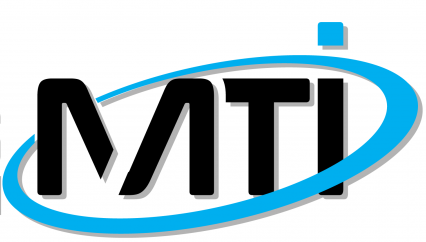

25
Years Of Experience

What Does Structured Cabling Entail?
The word "organisation" is crucial in addressing this. A methodical approach to cabling infrastructure is represented by structured cabling. It helps to think about what structured cabling is not in order to understand this idea. A lot of data centres use "point-to-point" cabling, in which patch cables are connected straight to the necessary gear. A structured cabling system, on the other hand, uses a number of patch panels and trunks to enable connections between hardware ports and a patch panel located at the top of the rack. In the Main Distribution Area (MDA), a trunk connects one panel to another panel.







